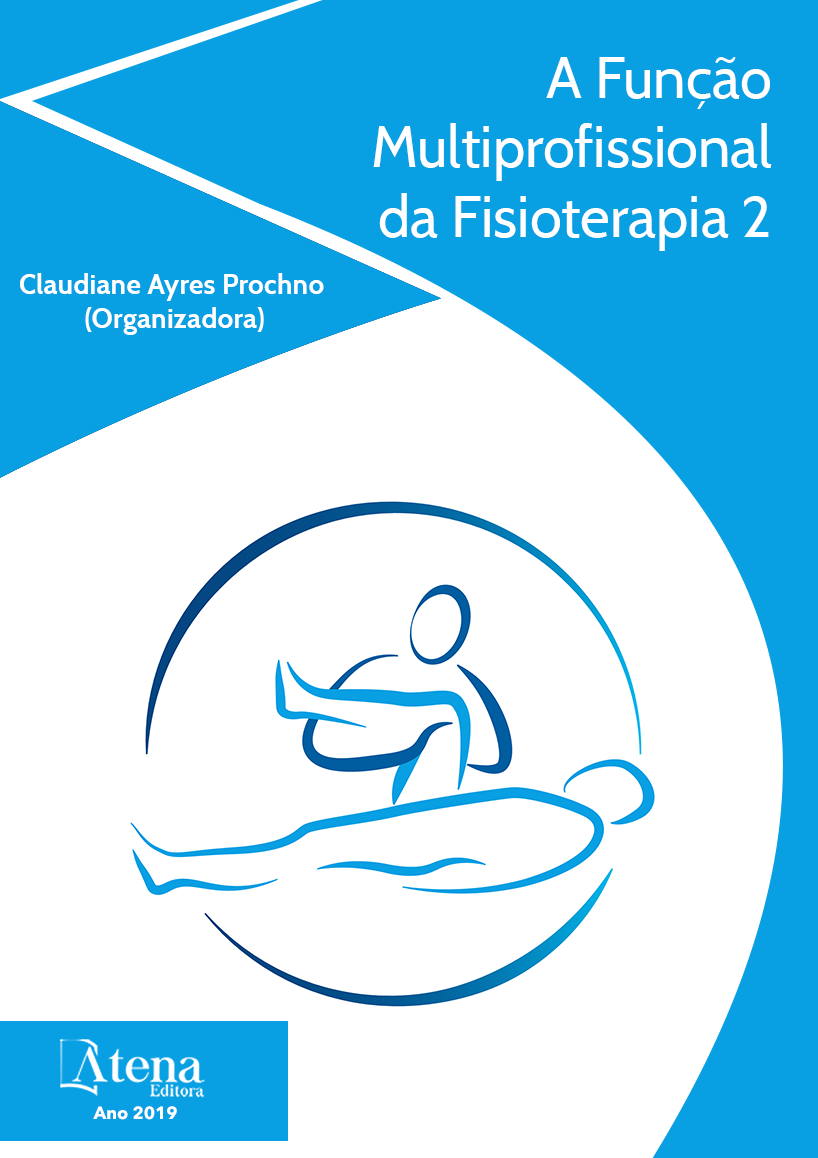
POSICIONAMENTO PÉLVICO E A INCONTINÊNCIA URINÁRIA EM MULHERES
Introdução: A pelve tem sua
importância na proteção dos órgãos da
cavidade pélvica, e atua como ponto de
fixação para os músculos do períneo. Qualquer
alteração nesse posicionamento, ou alguma
disfunção na musculatura, pode levar a
incontinência urinária. Objetivo: Descrever
o posicionamento pélvico e quantificar a
perda urinária. Métodos: Pesquisa descritiva
e quantitativa, realizada com 8 mulheres,
com incontinência urinária. Foi utilizado um
questionário sociodemográfico e clínico. A
quantificação da perda urinária foi realizada
pelo Pad Test, a avaliação da função dos
músculos do assoalho pélvico, foi pela escala
PERFECT, o posicionamento pélvico foi utilizado
o software SAPO®. Para análise com média
e desvio padrão e medidas de dispersão, foi
utilizado o SPSS versão 22.0. Resultados: A
média da idade das participantes foi de 37,5
± 14,12, a maioria estava com sobrepeso
(IMC= 27,5 ± 4,02), e força muscular perineal
diminuída (2,75 ± 1,83). Na avaliação postural
a anteversão pélvica foi a que predominou e
a incontinência urinária foi classificada como
moderada em 62,5% dos casos. Conclusão: a
maioria das mulheres avaliadas, apresenta-se
com anteversão pélvica e com incontinência
urinária moderada. Existe a necessidade de
mais estudos, para a comparação das variáveis,
bem como que os fisioterapeutas tenham um olhar para a avaliação postural, no que
diz respeito a pelve e a relação com a IU.
POSICIONAMENTO PÉLVICO E A INCONTINÊNCIA URINÁRIA EM MULHERES
-
DOI: 10.22533/at.ed.34519231020
-
Palavras-chave: Incontinência Urinária; Pelve; Assoalho Pélvico; Postura; Mulheres.
-
Keywords: Urinary incontinence; Pelvis; Pelvic Floor; Posture; Women.
-
Abstract:
Introduction: The pelvis has its importance in the protection of organs of
the pelvic cavity, and acts as a fixation point for the perineum muscles. Any change in
this positioning, or some dysfunction in the muscles, can lead to urinary incontinence.
Objective: To describe the pelvic positioning and to quantify the urinary incontinence.
Methods: Descriptive and quantitative research with 8 women with urinary incontinence.
A sociodemographic and clinical questionnaire was used. The measurement of urinary
loss was performed by the Pad Test, the evaluation of the function of the pelvic
floor muscles, was by the PERFECT scale, the pelvic positioning was used SAPO®
software. For analysis with mean and standard deviation and dispersion measures,
SPSS version 22.0 was used. Results: The mean age of participants was 37.5 ± 14.12,
the majority were overweight (BMI = 27.5 ± 4.02), and decreased perineal muscle
strength (2.75 ± 1.83). In the postural evaluation the pelvic anteversion was the one that
predominated and the urinary incontinence was classified as moderate in 62.5% of the
cases. Conclusion: the majority of women evaluated presented with pelvic anteversion
and with moderate urinary incontinence. There is a need for more studies to compare
the variables, as well as for physiotherapists to have a look at the postural evaluation,
regarding the pelvis and the relationship with UI.
-
Número de páginas: 15
- Zâmia Aline Barros Ferreira
- Juliana Barros Ferreira


